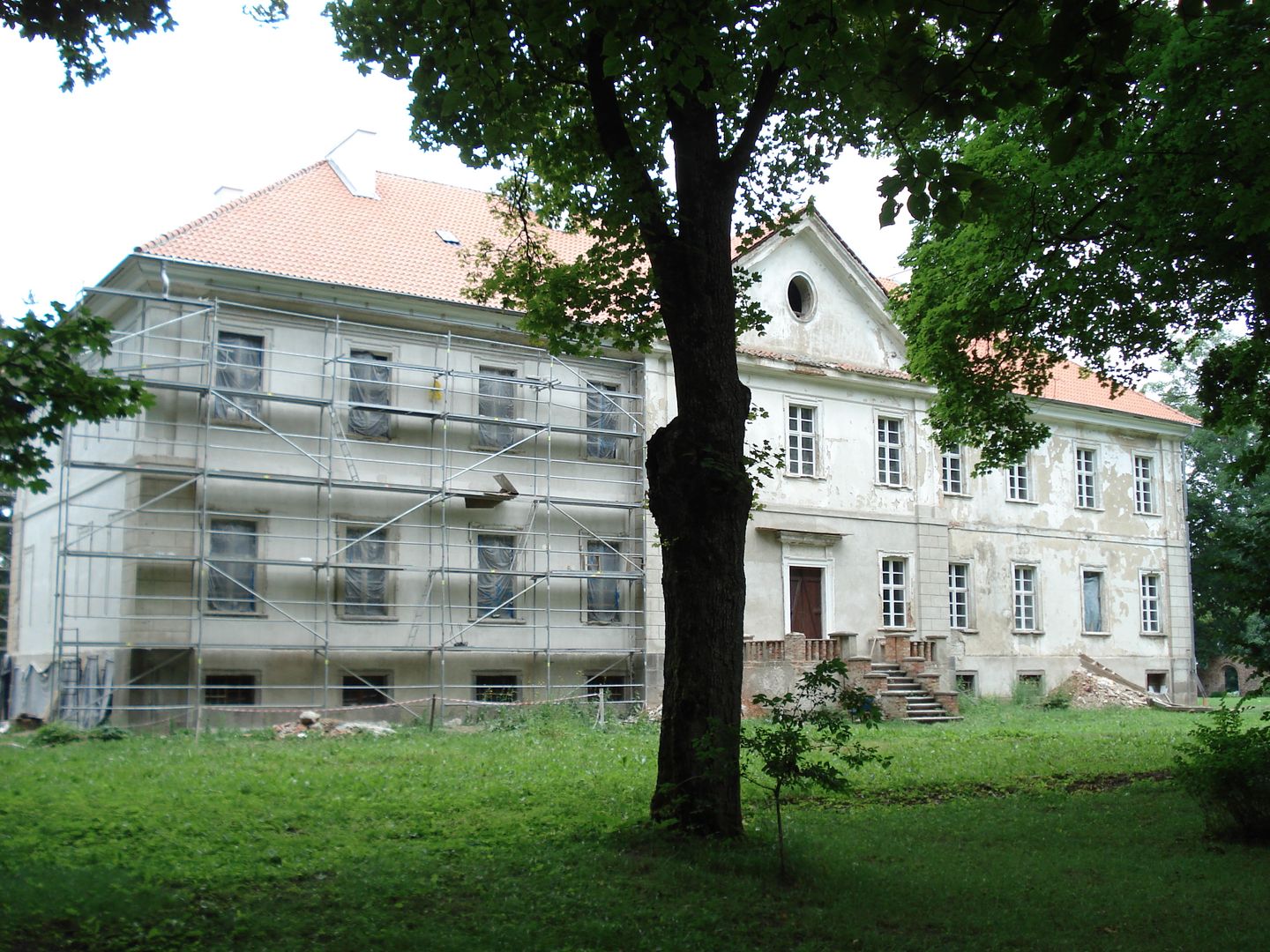Nakomiady Palace
8.22

Overview
The Palace in Nakomiady, also known as the Palace of the von Hoverbeck and von Redecker families, is a historic palace complex consisting of a palace, a landscape park, and farm buildings, located in the Warmian-Masurian Voivodeship. The first palace was built in the Baroque style between 1653 and 1680, and its current form was established during a reconstruction in 1705, carried out by the Italian architect Józef Piola, who introduced elements of classicism. The building has a usable area of approximately 2,000 m², is two stories high, and features cellars extending 7 meters underground. The palace is surrounded by an 18th-century 17-hectare landscape park, which includes valuable natural monuments and remnants of old structures, such as a 19th-century family chapel. The history of Nakomiady dates back to the Middle Ages, when a Teutonic fortress stood there. In the mid-17th century, the von Hoverbeck family acquired the estate and managed it for 136 years. After the estate was purchased by the von Redecker family in 1789, it underwent various changes, including a decline during the Napoleonic era, but regained its splendor through a marriage with a Prussian noblewoman. After World War II, the palace came under Polish ownership and served as a state-owned farm (PGR), leading to its deterioration. Since 1998, new owners have undertaken the revitalization of the palace and its surroundings, conducting archaeological research and collaborating with heritage conservation authorities. Among the interesting facts are legends about secret tunnels connecting the palace to nearby towns and stories of ghosts of former residents. The palace and park are listed in the register of monuments, highlighting their historical significance and architectural value. The current owners plan further modernization of the complex with the aim of adapting it for hotel and recreational purposes.
Location
2025 Wizytor | All Rights Reserved